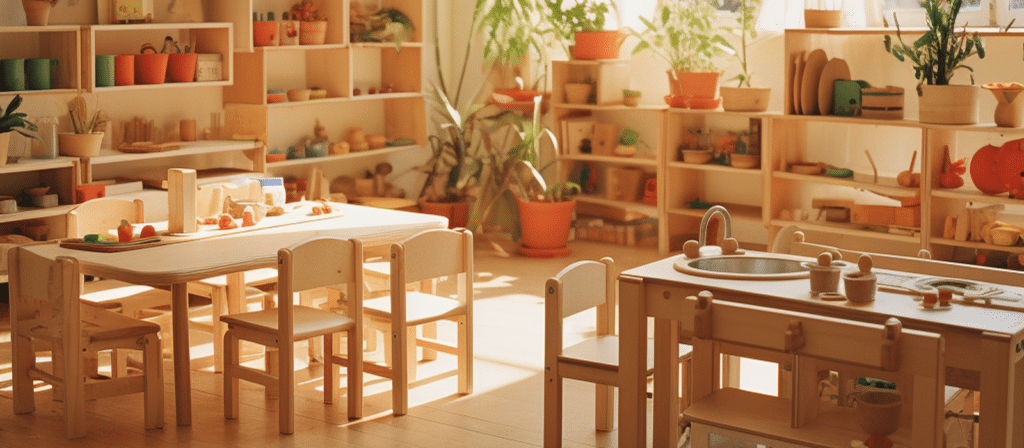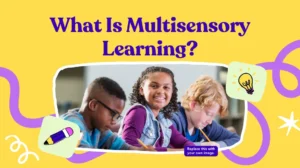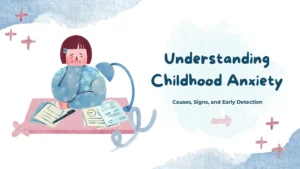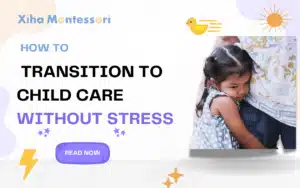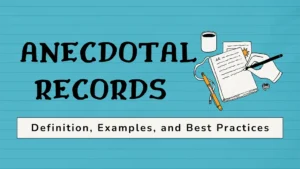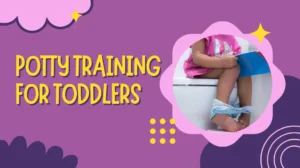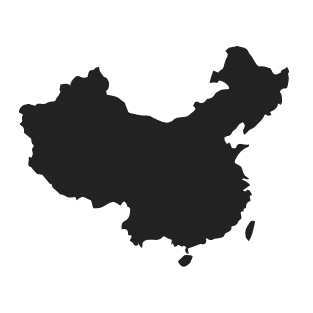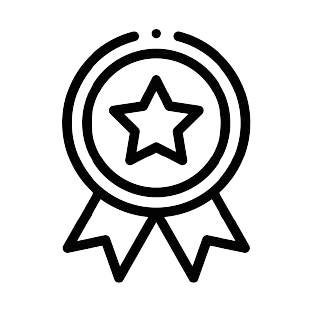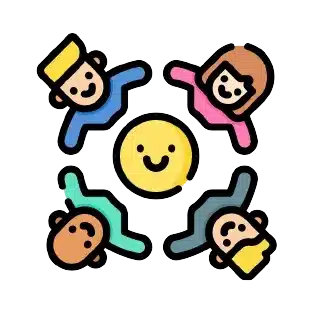Are you faced with the delightful yet daunting task of organizing preschool materials? Dive into this comprehensive guide where we’ll unravel the art of efficient preschool material organization, helping you create an inviting, organized, and stimulating learning environment for young learners.
Organizing preschool materials is an art that combines functionality, accessibility, and creativity. It involves creating an environment that encourages exploration, fosters independence, and sparks curiosity among children.
Why is Organization Important?
Preschool classrooms are filled with various materials such as books, art supplies, toys, and learning tools. Without proper organization, it can quickly become chaotic and overwhelming. When materials are scattered or misplaced, it not only wastes valuable teaching time but also leads to frustration for both teachers and students.
By implementing effective organizational systems, teachers can create an environment that promotes learning, creativity, and independence. When everything has its designated place, children can easily find and put away materials, fostering a sense of responsibility and order.
Categorize and Label
One of the first steps in organizing preschool materials is to categorize them into different groups. This allows for easier identification and retrieval of specific items when needed. For example, you can have separate categories for art supplies, books, manipulatives, and sensory materials.
Once you have categorized the materials, labeling becomes essential. Clear and visible labels not only help teachers find items quickly but also assist children in developing literacy skills. Use large, colorful labels with both words and pictures to make it easy for everyone to identify where each item belongs.
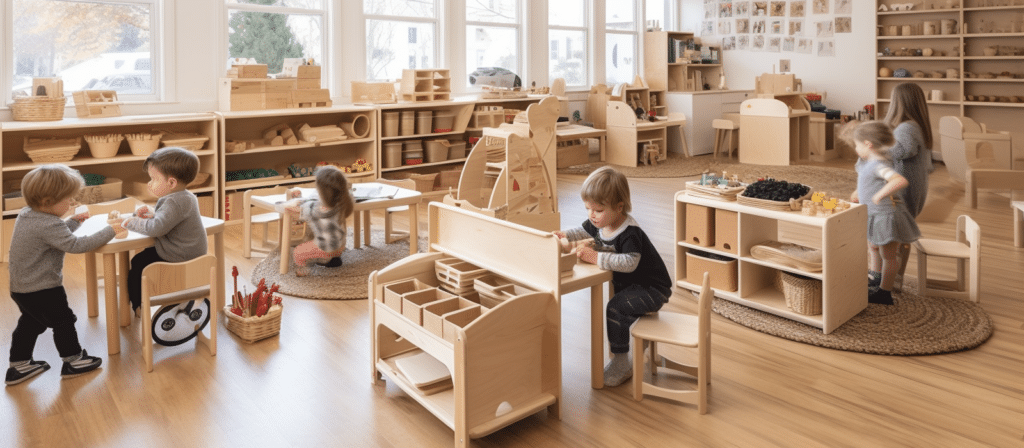
Storage Solutions
Choosing the right storage solutions is crucial for maintaining an organized and functional preschool classroom. Here are some options to consider:
- Shelves: Invest in sturdy and accessible shelving units to store books, bins, and other materials. Opt for adjustable shelves to accommodate different sizes of items. Consider using clear bins or baskets to keep small loose materials organized within the shelves.
- Cubbies: Cubbies are ideal for storing individual belongings such as backpacks, jackets, and personal items. Assign each child their own cubby space and encourage them to keep it tidy.
- Bins and Trays: Use bins and trays to store art supplies, manipulatives, and other loose materials. Transparent bins are particularly useful as they allow both teachers and children to see the contents without having to open them.
Rotation and Accessibility
Preschool classrooms often have limited space, so it’s essential to maximize the use of available resources. One effective strategy is to implement a rotation system for materials. By periodically rotating toys, books, and learning tools, you can keep the classroom fresh and engaging.
Ensure that materials are easily accessible to both teachers and children. Place frequently used items within reach of little hands, while less frequently used materials can be stored on higher shelves or in labeled bins. This setup allows for independent exploration and fosters a sense of ownership over the learning environment.
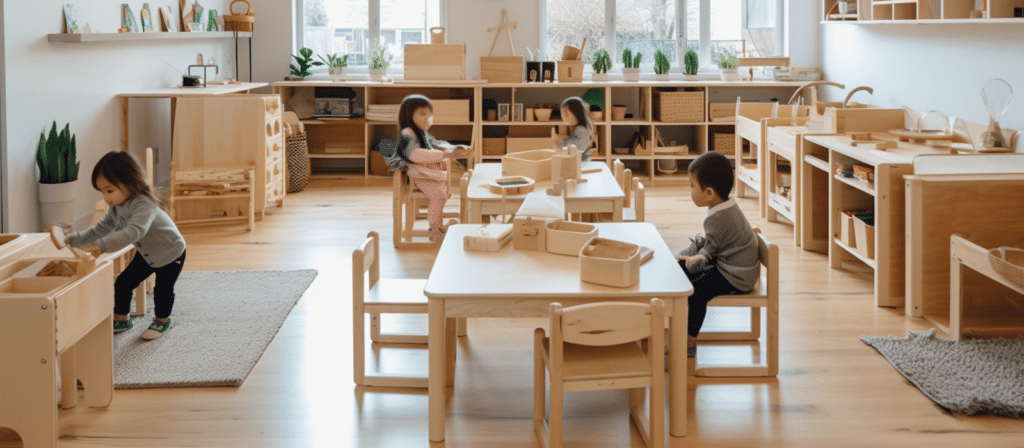
Digital Organization
In today’s digital age, incorporating technology into preschool classrooms has become increasingly common. From educational apps to interactive whiteboards, digital materials play a significant role in early childhood education. However, organizing these digital resources can be just as important as physical materials.
Create folders on computers or tablets to categorize and store digital resources. Use clear file names and create a consistent folder structure to make it easy to locate specific files. Consider using cloud storage platforms for easy access and sharing of digital materials with other educators.
Create a Visual Schedule
Preschoolers thrive on routines and visual cues. By creating a visual schedule, teachers can help students understand and anticipate the activities throughout the day. This can be done by displaying pictures or symbols representing each activity on a board or wall.
Having a visual schedule not only helps students develop a sense of structure and routine but also assists teachers in organizing the necessary materials for each activity. By preparing the materials in advance and placing them in designated areas, teachers can ensure a smooth transition between activities and minimize disruptions.
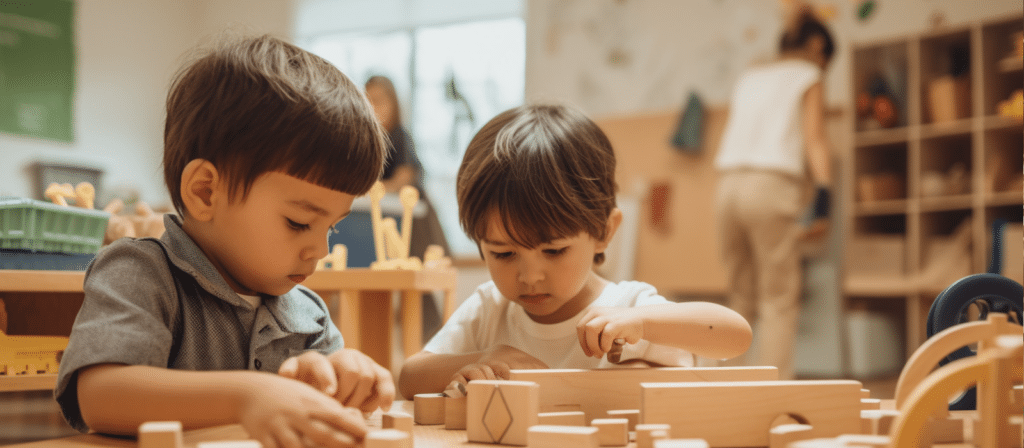
Maintenance and Cleanliness
Organizing preschool materials is not a one-time task; it requires ongoing maintenance and regular decluttering. Encourage teachers to spend a few minutes each day tidying up and ensuring that everything is in its proper place. Set aside specific times during the year for deep cleaning and reorganizing to keep the classroom fresh and inviting.
Involve the children in the organization process as well. Teach them the importance of taking care of their materials and how to clean up after themselves. Implementing simple routines, such as a cleanup song or a designated cleanup helper, can make the process enjoyable and encourage responsibility.
Conclusion
Organizing preschool materials is a crucial aspect of creating an effective learning environment. By utilizing storage bins and containers, creating a visual schedule, categorizing materials by learning centers, using labels and visual prompts, and rotating materials regularly, teachers can ensure that materials are easily accessible and students can make the most of their learning experiences.
Remember, organization is not a one-time task but an ongoing process. Regular maintenance and a commitment to keeping materials organized will go a long way in creating a well-structured and efficient preschool classroom. So, let’s get organized and provide our little learners with an environment that fosters their growth and development!

